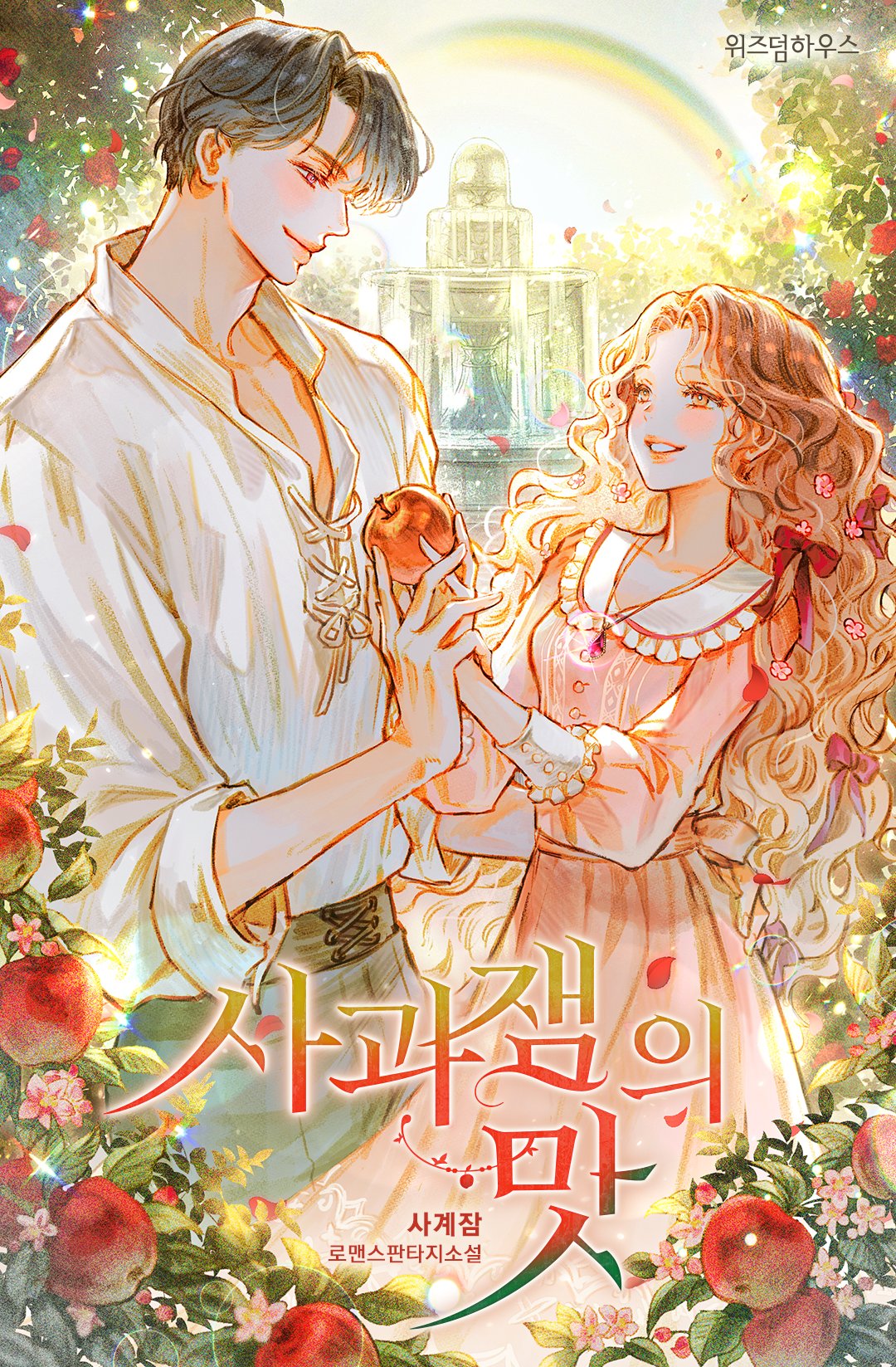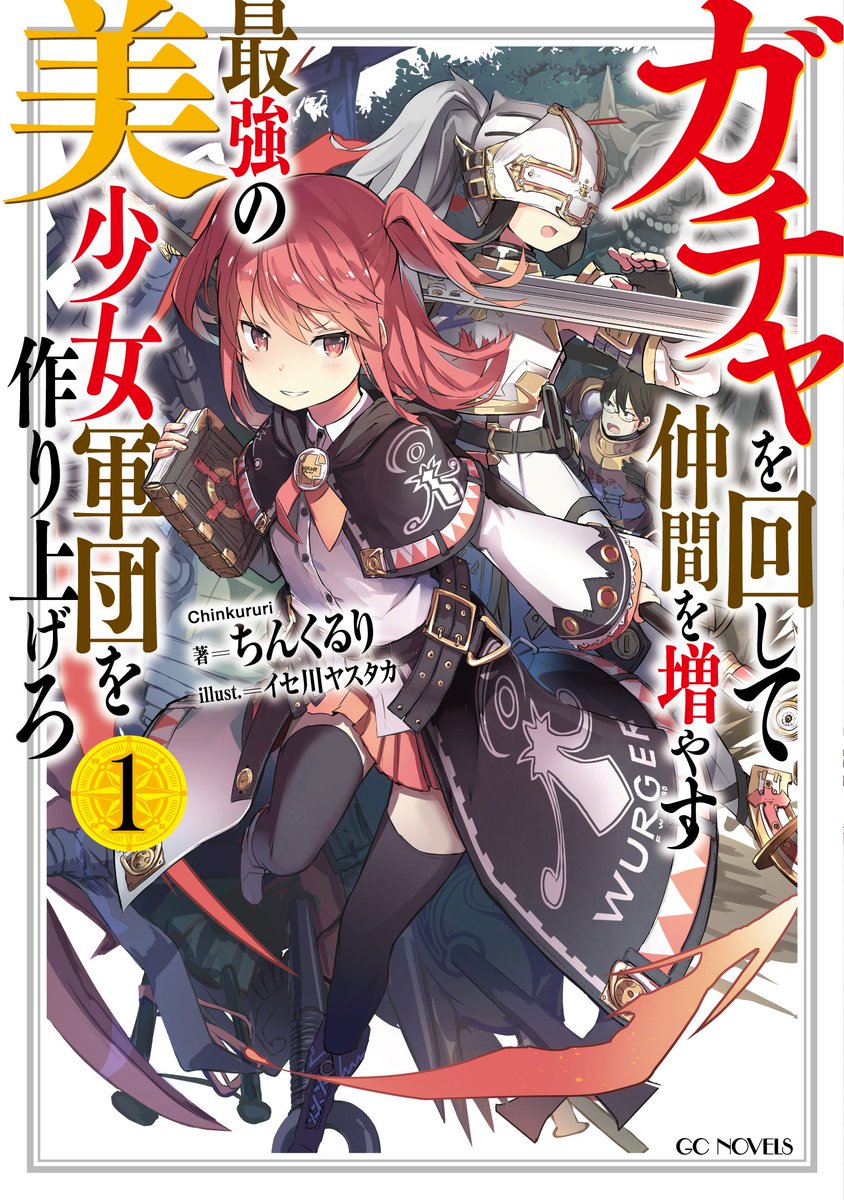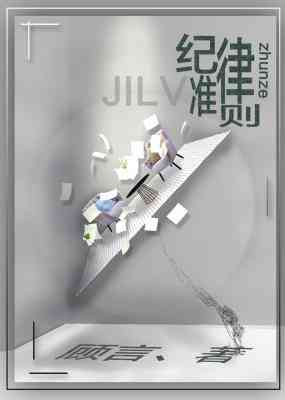061: Military and Aristocratic Details
May 16, 2022 – 3 minutes read – 520 words
The Army can be broken down from thousands to a handful of soldiers in an organized manner, let us go through the various unit sizes.
Squad: Two privates and a commander Commanders can be Sergeants, Corporals, or Private First Class 3 people Platoon: Three squads and a commander Commanders can be Sergeants or Master Sergeants
Not everyone in the larger units is represented in the above counts.
An Army might only have half of its personnel represented by the unit number, the other half never sees the actual battles and instead handle supplying the front-line soldiers.
In my regiment, the front line is all people who can ride running dragons.
That’s approximately 100 soldiers.
Then there’s 50 cavalry and 50 horseback messengers and transport escorts.
Finally, there’s 100 transport soldiers.
Just because a soldier is dedicated to transport, doesn’t mean that person isn’t able to fight.
Thinking back to the bandit subjugation event, it was a clever ruse to have trained soldiers that were also serving as transport guards.
Next, you’ve got the aristocracy ranks.
At the very top, you’ve got the Royal Family, below them is Duke, Marquis, and Count.
These are the senior aristocracy.
Next there are the Viscounts and Barons, these are the intermediate aristocrats.
These ranks are inherited from parent to child, in Agnatic-Cognatic Primogeniture.
Then there are the lower aristocrats, Baronets and Knights, neither are inherited.
A Knight is a commoner soldier that has been recognized and appointed by an aristocrat.
There are many knights that learned their skills from their father who was a knight, and managed to secure a knighthood of their own.
A Baronet is awarded by the King to a commoner who is skilled in management duties.
They are sometimes hired by higher aristocrats to manage towns, but they also serve in various parts of the Kingdom government.
Both Baronets and Knights receive a stipend from the country, Knights get 5 gold coins a year while Baronets receive 6 gold coins.
These ranks are sometimes called honorary Barons.
Many Knights are the sons of Knights or Baronets.
Now, as for territory, a Duke would get a region, like Kanto.
A Marquis would get two prefectures or so.
A Count gets a single prefecture.
Viscount would be about half a prefecture or four or five towns and villages.
A Baron would get something like three towns or villages.
Baronets and Knights are not given territory, but sometimes manage a single town or village on behalf of a higher noble.
The aristocrats that are not given territory are called court aristocrats.
You'll Also Like
-

Cultivation: Start From Upgrading My Computer
Chapter 47 September 3, 2023 -

Red Envelope Group of the Three Realms
Chapter 1986 September 1, 2023 -

The Taste Of Apple Jam
Chapter 9 August 29, 2023 -

Using Gacha to Increase My Companions and to Create the Strongest Girls’ Army Corps
Chapter 84 August 28, 2023 -

Weird Live Broadcast: I Can Deduce Endlessly
Chapter 100 August 28, 2023 -

In Order To Meet You, Beloved
Chapter 35 August 28, 2023 -

Disciplinary Code
Chapter 65 September 4, 2023 -

The Cat Transformation
Chapter 27 August 26, 2023 -

Chemistry
Chapter 61 August 25, 2023 -

After Being Robbed of Everything, She Returns as a Goddess
Chapter 47 August 25, 2023 -

The Marquis’ Eldest Son’s Lascivious Story
Chapter 232 August 26, 2023 -

The Male Leads Were Stolen by the Extra
Chapter 13 August 24, 2023
